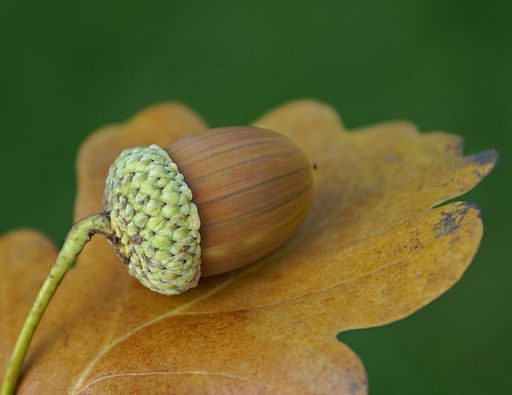The Pacific Northwest is full of a lot of things; history, geology and interesting plants are but a few. As our kids were growing up, we played a game called Oregon Trail, so many of the events. and plant life were covered as part of their education. It was fun, but it was also fascinating.
Choosing the right plants, both for food and medicine, were part of the game. If you picked a deadly one, a character died. If that character is you, game over.
All plants have chemical constituents, and at least one of the deadly plants is now being used to save lives. That plant is the Pacific Yew, which is how Taxol is produced. Without it, cancer patients could die. Granting you can’t just go scrape some bark off for the cure, it’s still a really great remedy from a natural product.
Like any area explored by European settlers, there are a lot of “new” plants that were long used by the Native Americans of the region. Salal was used as a food, but very few of us have ever even heard of it. It was used to thicken some food items, dried in cakes and paired with another PNW native, the Oregon Grape. The latter is fairly tart while salal is sweet.
Oregon Grape Root has been a wonderful “find” for the world. It may help deal with liver complaints…particularly cirrhosis. Other possible benefits include lowering cholesterol, and perhaps antifungal and antimicrobial qualities.
Camas roots were a common food among the Native Americans of the Pacific Northwest. They were eaten raw, or they could be cooked, baked or boiled for food. Cakes of it were sundried and used in soups and as a thickening agent. The flavor was supposed to be similar to a sweet potato.
Care had to be taken to avoid the death camas. This plant looks a lot like wild onions, but all parts of it are toxic. It did have one traditional use, as a treatment for coyote bites. I’m not sure which would be worse.
Species related to plants European settlers knew were a welcome sight in PNW. Oak trees with there acorns were a welcome vision. Native Americans used them as a food staple after leeching the bitter tastes away. It was ground and used in a similar way as flour.
One plant that looked similar to its milder relatives probably didn’t endear itself to the settlers on first taste. The bitter cherry (prunus emarginata) looks a lot like a cherry, but it does *not* taste the same. In fact, eating it could upset the stomach.
By now, many plants that were brought to North America are naturalized to the Northwest. Sometimes for the good and sometimes in a negative fashion. It’s fortunate, therefore, that the true natives are recognized and allowed to grow. Like many areas, plants that take over the environment are being slowly removed from the habitats of the Pacific Northwest.
The Author:
Mary Bodel has been a master herbalist since 2004 although my training began long before I reached that level. I believe that health encompasses more than taking care of our bodies. It involves everything from what we eat to what we read. It involves our spirit as well as our body.
